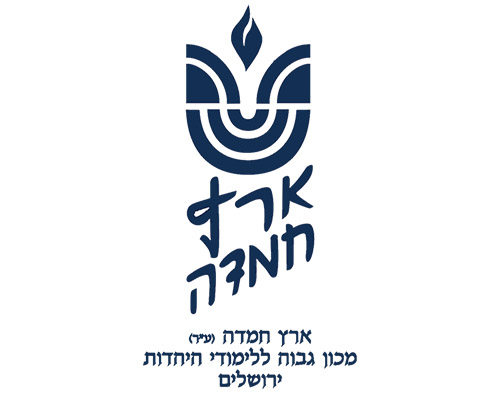
Question: During leining on Shabbat, I noticed dirt of some sort that distorted a letter of the sefer Torah. I pushed it with my tallit, and it readily came off. Did I violate Shabbat?
Answer: The classic case of the melacha of mochek (erasing) is to erase letters or a form in order to afterward write two letters in its place (Shabbat 73a). The Tosefta (Shabbat 11:11) says that removing ink or wax that fell on paper in a way that enables writing two letters is a full violation of Shabbat. The Rosh (Shabbat 7:9) learns from this that mochek is not necessarily erasing letters/forms, but any substance in a way that enables writing. The Bach (Orach Chayim 340) extends it beyond enabling new writing to erasing substances that cover letters, where the erasure makes them visible again (rabbinically, even one letter).
The Shulchan Aruch (Orach Chayim 340:3) codifies the Tosefta’s ruling, and important commentaries (including Taz 1; Mishna Berura 11; Aruch Hashulchan 22) accept the Bach. On the other hand, there are significant opinions (Shvut Yaakov II:4, discussed in Biur Halacha to 340:3—see more opinions in Piskei Teshuvot 340:82 that this is not erasing (some suggest other problems), but it is similar to removing a cover from letters sitting in a box.
A halacha regarding this seems to support the Shvut Yaakov. The letters of tefillin must be written in order, so a mistake cannot be simply fixed later—once one has gone on to subsequent letters (Shulchan Aruch, Orach Chayim 32:22). However, if wax fell onto properly written tefillin, when the wax is removed, the writing is kosher—as the wax did not undo the covered letter (Mishna 32:61). The Biur Halacha (ibid.) deflects the proof, claiming that while the letter still exists regarding tefillin—regarding Shabbat—we are interested in the practical point of whether it is visible; so that if it is not, removing is equivalent to erasing in a way that facilitates writing (here, the already existing writing).
(In a case in which it is forbidden to remove the covering, it is a good question what one does about reading done from such a sefer Torah. The Mishna Berura (340:10) and others (see Dirshu 340:10) discuss the matter—with a few permutations—but it is beyond our scope.)
Despite the above, we presume that what you did was fine. The Orchot Shabbat (15:72) says that if the covering consists of some sort of food or dirt that does not cling tightly to the parchment/writing—the way that wax does—it is permitted to remove it. The Mishna Berura (340:13) seems to disagree with this distinction, as he writes that if ink or another liquid falls on top of a letter, one may not rinse it off.
However, the Orchot Shabbat argues that this is referring only to writing substances, or those that adhere tightly. Chut Shani (Karelitz, Shabbat 21:1) distinguishes between that which is already stuck on and that which will stick only if left alone. However, it seems that he too, requires somewhat tight adhesion. According to this approach, all agree with the Shvut Yaakov’s principle, that something can be considered an external covering, and the question is regarding the degree. Your description makes it seem that you did not reach the level of problematic.
One can ask on the thesis that serious adhesion is needed concerning mochek. We rule that sprinkles or frosting that spell out letters, etc., on cake may not be cut because of mochek (Shemirat Shabbat Kehilchata 11:7), despite their low level of adhesion to the cake. However, that misses the point. It is not that there is no mochek when the writing and its base are not tightly connected. Rather, it is that in order for an already existing letter that is covered to be considered temporarily non-existent, that which neutralized it must be strongly connected.
While other questions—especially muktzeh—are not trivial (see Shvut Yaakov ibid.), it is permitted to remove dirt from a surface (when not considered laundering), with the help of something or even by hand (see Shemirat Shabbat Kehilchata 15:27; Orchot Shabbat 19:205).
This column is written by Rabbi Daniel Mann on behalf of the Eretz Hemdah Institute in Jerusalem, which trains dayanim and has many projects on behalf of Klal Yisrael, including its Ask the Rabbi service in conjunction with the OU. Rabbi Mann is a Dayan at Eretz Hemdah, a senior member of the Ask the Rabbi project, and author of its Living the Halachic Process series. He is also a Ram at Yeshiva University’s Gruss Kollel in Israel.













